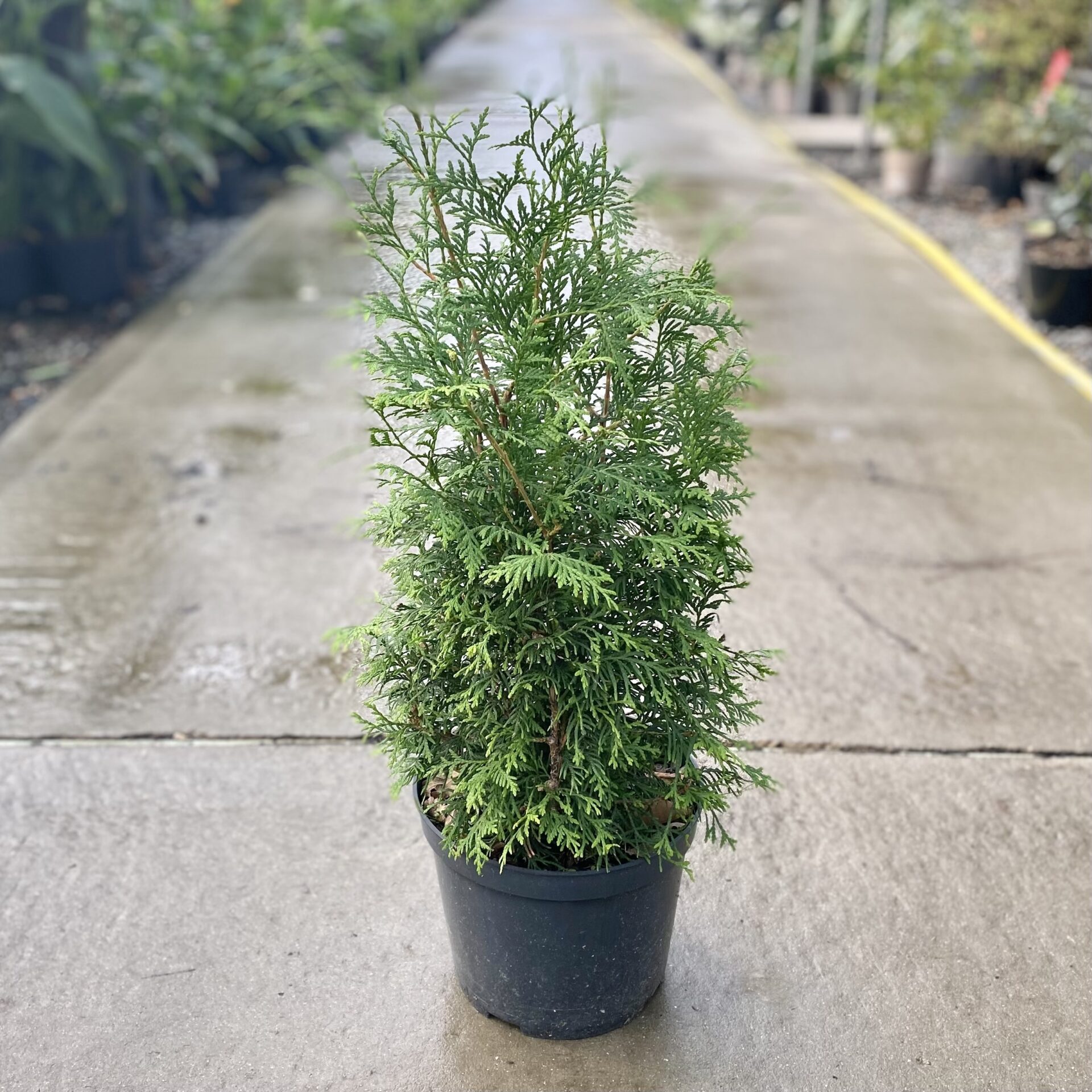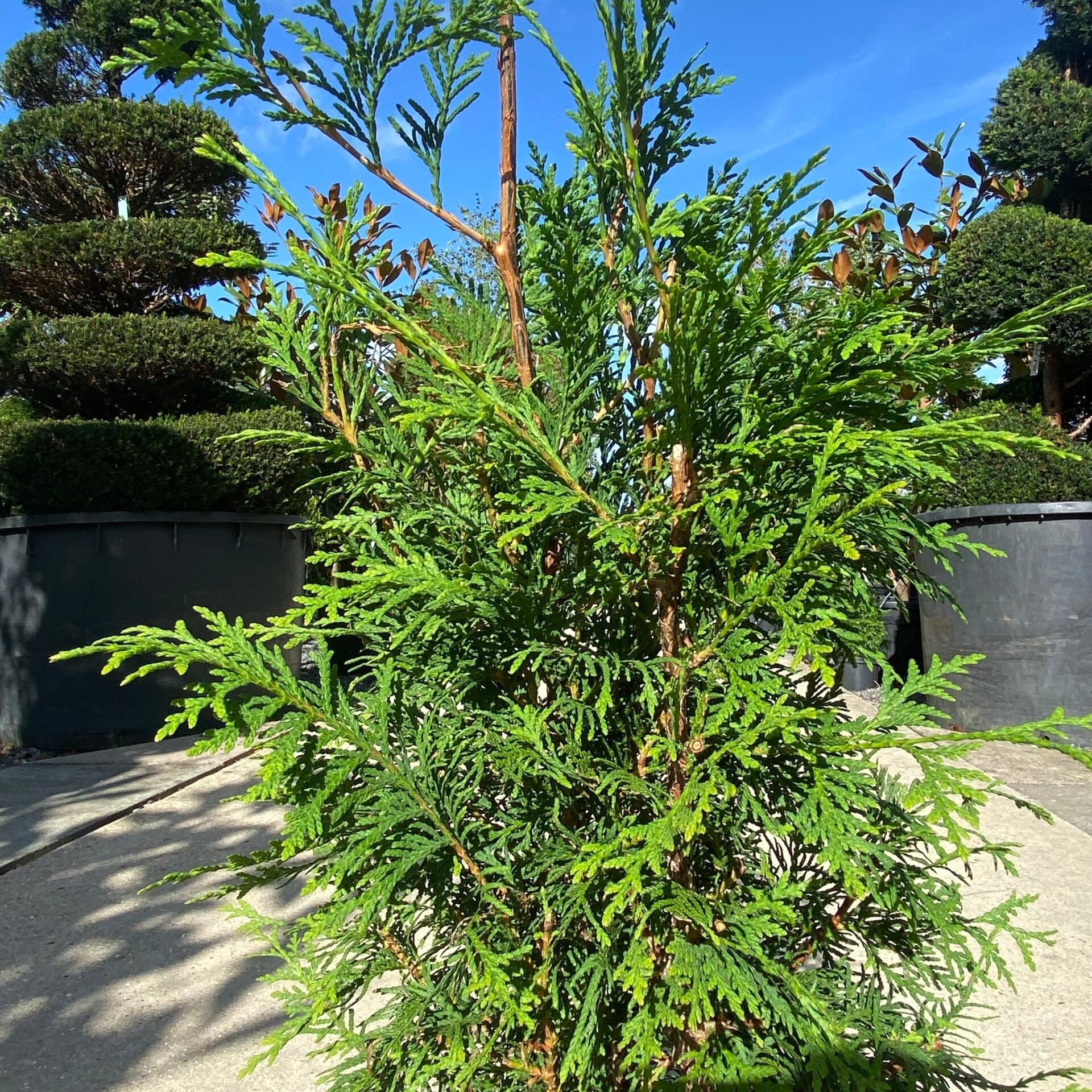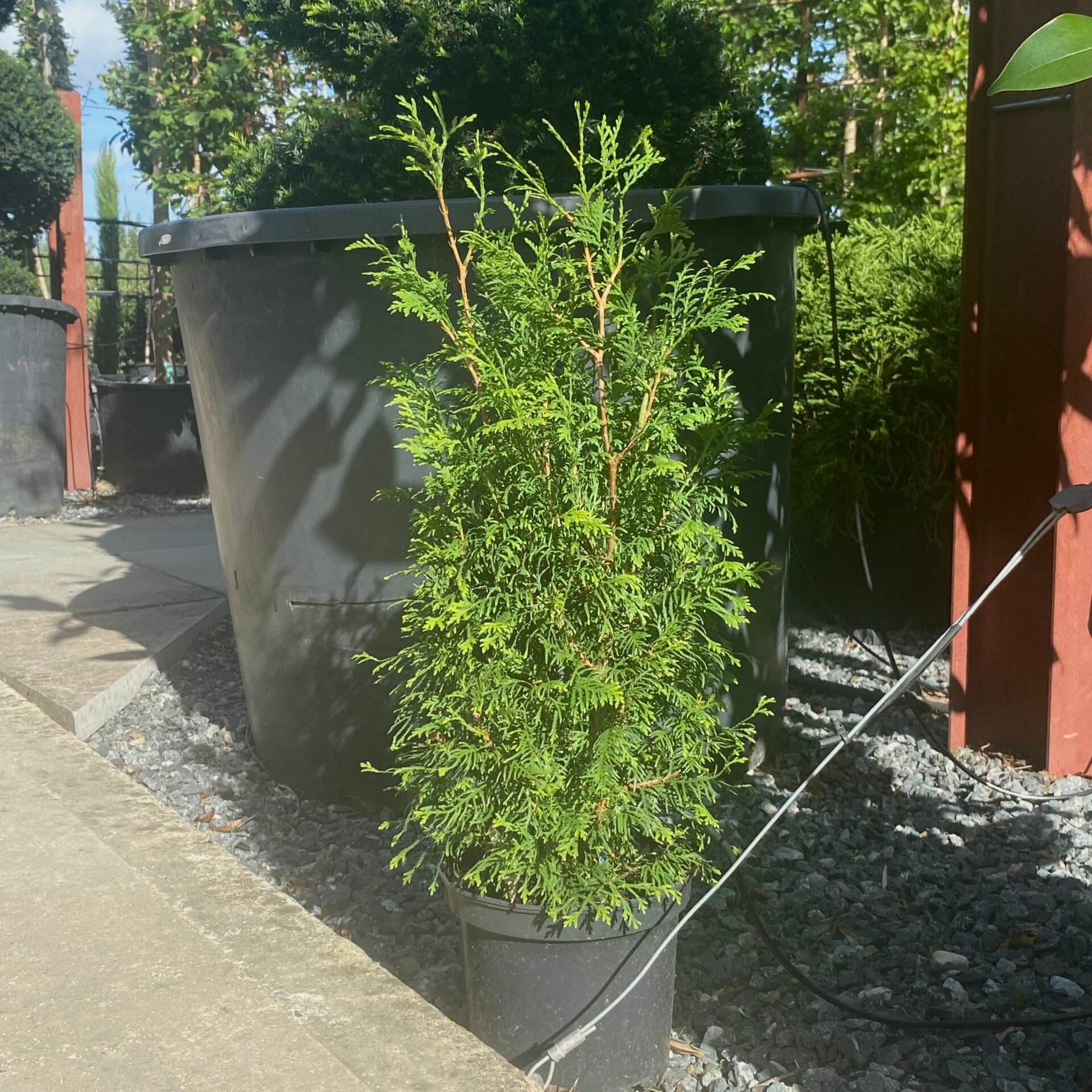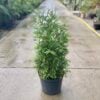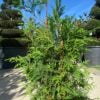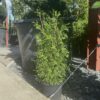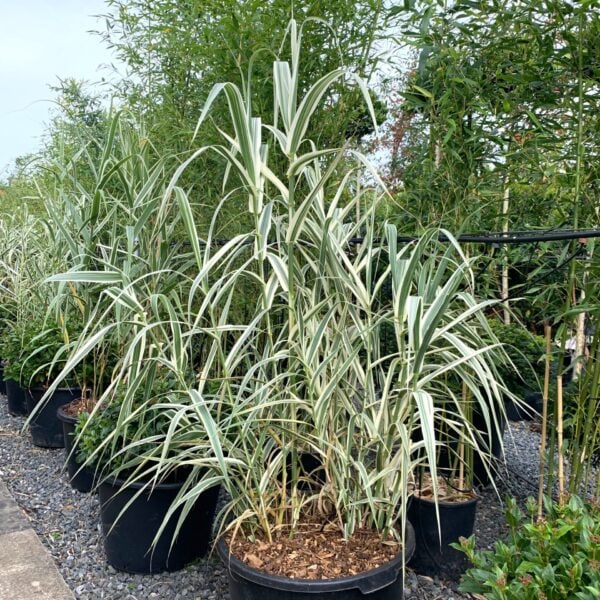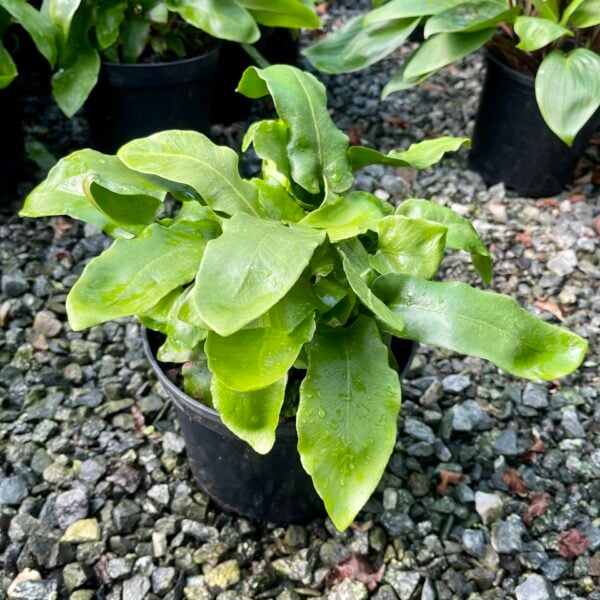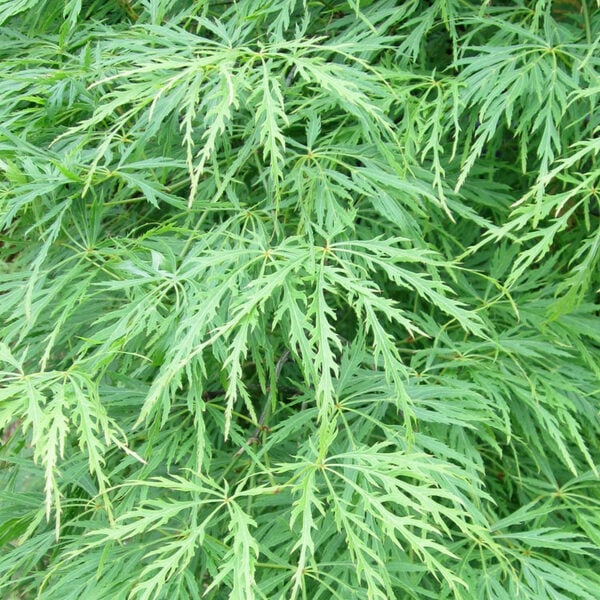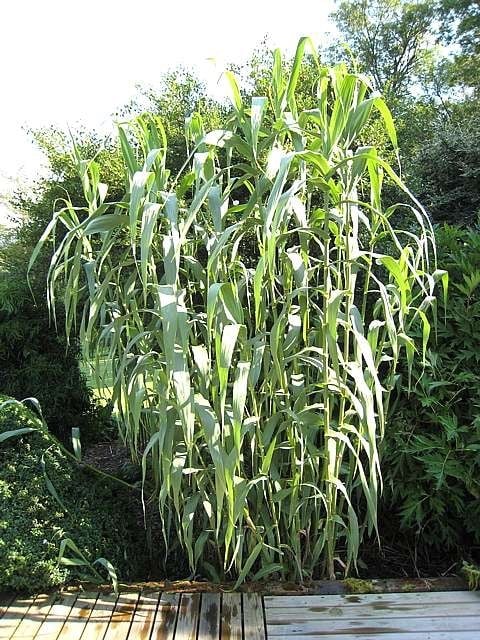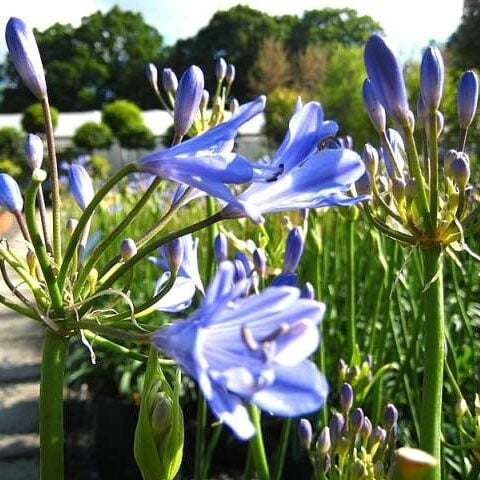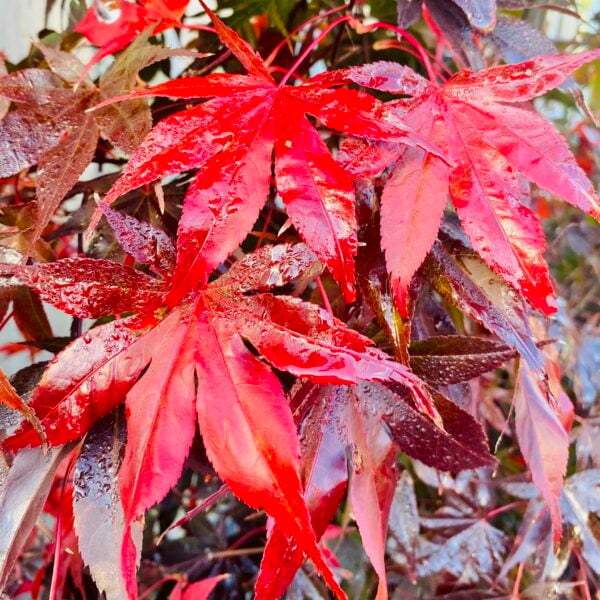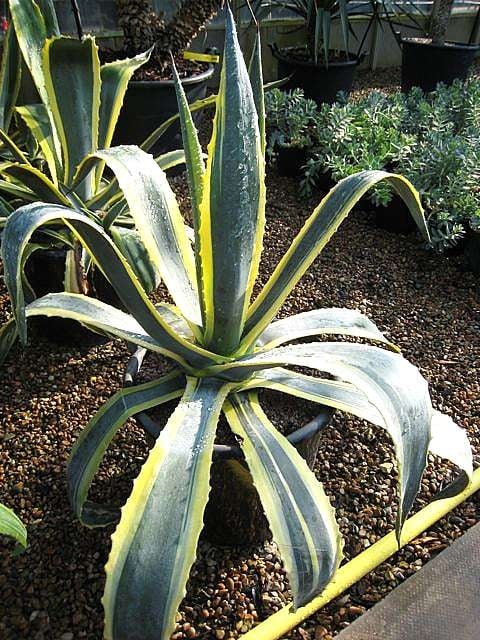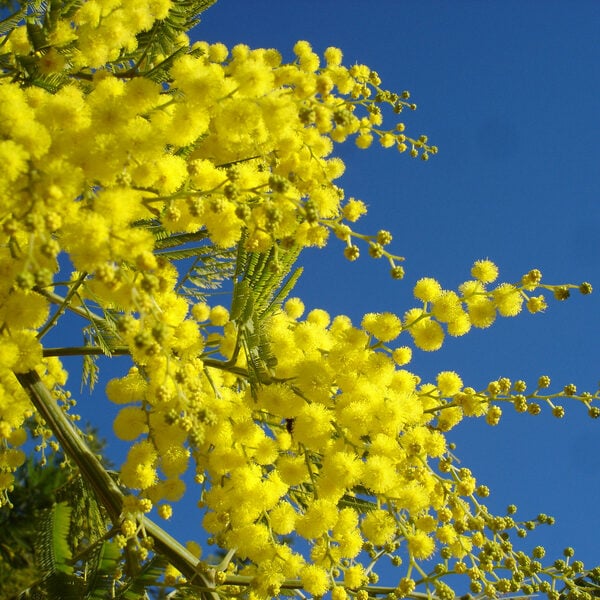Thuja occidentalis (Northern White Cedar Swamp Cedar Arborvitae)
An evergreen tree with a naturally narrow pyramidal shape from north eastern USA and eastern Canada. The Ojibwe nation used all parts of the tree for medicinal and also construction purposes. Clips well and often used for hedging.
Masses of space and light to maintain the lower foliage. Any reasonably well drained soil – in the wild they occur in wet forests and coniferous swamps but are also tolerant of dry soils once established.
Please contact us for stock availability and sizes.

Hardiness level Green
Should you be in need of a good laugh and are perhaps thumbing-through your revised 1876 copy of ‘The Homeopathic Domestic Medicine, a Repertory’ then you may find the entry for Thuja Occidentalis and its uses rather interesting. Brief and to the point it gets right to the seat of the issue and simply states ‘for Warts’. Read on, if you dare, and we really hope you are indeed sitting comfortably.
Still here? We’re pleased about that because we’re really quite into this shapely and versatile conifer. Trees with a naturally narrow pyramidal shape are rather special and being a conifer it keeps its coat on all year so will remain steadfastly structural and interesting in every season. Some conifers are prone to browning of the needle ends during winter and this can make them look dull and rather flat: they are evergreen undoubtedly, but greyish and lacking in vitality at a time when you really want some proper green. This Thuja holds onto its splendid rich green all through the chilly months and won’t let you down.
Originally from north eastern USA and eastern Canada these Thujas are well-suited to our climate and are pretty fast growers, too. They can frequently be seen as hedging, and while we acknowledge their usefulness in this regard we prefer to celebrate their lovely slender spires as specimen plants, having them rocket out of the back of mixed borders or to tower above collections of rounded blobs and spiky mounds for height, architecture and evergreen contrast. They look smashing flanking a gateway or lining a drive, too.
Masses of space and light are necessary to maintain the lower foliage so be mindful of this when siting them. Have us do a plan for you since we’re rather good at it. Any reasonably well drained soil will do – in the wild they occur in wet forests and coniferous swamps but are also tolerant of dry soils once established.
Interestingly, in its native lands all parts of the tree were used by the Ojibwe nation for a variety of medicinal and also construction purposes. We’re not certain if they also had them rocketing out of their mixed borders, but evidently these trees are not just ‘for Warts’.
Masses of space and light to maintain the lower foliage. Any reasonably well drained soil – in the wild they occur in wet forests and coniferous swamps but are also tolerant of dry soils once established.
N.B. When clipping several plants with the same tool, have a bucket containing a 5% bleach solution and swish your blades around for 30 seconds between plants to sterilise them. This will help avoid the chance of cross contamination of disease.
As with all woody plants, plant high, exposing as much of the taper at the base of the trunk as possible. Allowing soil to accumulate round the base of a tree can be fatal. Keep very well watered when first planted.
Additional Information |
|
|---|---|
| Hardiness | |
| Light | |
| Soil Type | |
| Situation | Coastal, Exposed (To wind and sun), Mild City Gardens, Plants for Pots, Seaside, Sheltered Garden |
| Plant Type | |
| Features | |
| Tree Size | |





